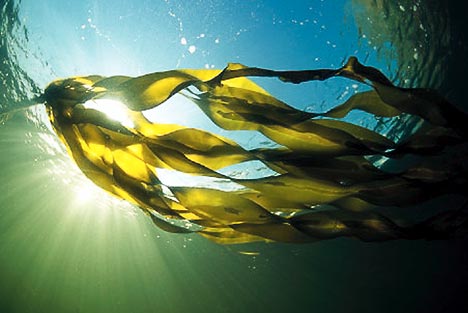Monday, March 31, 2014
field trip blog
Engineer Shah Selbe is developing ways to use technology, such as aerial drones, to address the problem of illegal and unreported fishing. I really have alot of respect for this man. Penguin Blog: Penguins are my favorite at the new england aquarium and i enjoyed reading about them on the website. Many of the penguins returned to their homes on the islands. It has been several months since the penguins were put back into the penguin exhibit following the completion of the Giant Ocean Tank renovations. Lead marine mammal trainer Paul Bradley has been working with Chacoda, or Chuck, for many years. Chacoda is a little seal.The pair have a strong connection, and Paul has taught him some impressive behaviors. I think the seal is really cute(: here is a picture
Friday, March 21, 2014
Friday 3/21/14
For this blog i am going to talk about the 3 labs i actually did. Credit to my amazing lab partner Lauren for the extra help. We do so much in your class. Our work ethic is outstanding. We found out Mrs. Goodrich went out to the beach in Salisbury and got us some fresh seaweed. We happened to find out a lot about the different types of seaweed, colors and textures. We found out that seaweed is either brown, green, or red, and someone wrote blue but let me tell you Ms. Goodrich made it clear there is no such thing as blue seaweed. We did a lab the first day after the long power point on seaweed, and it was about how many bubbles came off the seaweed in the tube.The purpose of this laboratory exercise wasto assist you in becoming more familiar with the taxonomy and diversity of the common plant members of intertidal and near-shore marine communities.Which clearly I figured out very well. The majority of the attached marine plants can be placed in four divisions of the kingdom Plantae. Three divisions – the Phaeophyta, Rhodophyta, and Chlorophyta – are collectively referred to as seaweeds. The fourth division, Anthophyta, is mostly terrestrial but also includes several species of seagrasses. These four divisions of common benthic plants are distinguished from one another by their different pigment systems and reproductive structures, as well as other structural differences. In these macroscopic forms, it is the pigment differences that are initially the most evident.The intertidal and subtidal zones are further divided into bands. This guide gives examples of common seaweeds found in the upper, mid-, and lower intertidal zones and below the low tide mark. Depending upon local conditions, bands of seaweed within these zones may be narrow or broad. Many seaweeds may also be found in more than one band.

EXTRA CREDIT
Three years after the massive tsunami took over northeastern Japan, the government is building the biggest anti-tsunami barriers ever.The sea walls look as if they were built like "the Great Wall of Japan,"it streches around 230 miles and cost nearly $8 billion.The wall is designed to protect places like the small port city of Kesennuma in Miyagi perfectly. With its huge hills, white fishing boats and seafood market, Kesennuma has the pleasant nautical feel of Seattle. The original restaurant washed away in the March 11, 2011, tsunami, along with the rest of Kesennuma's historic waterfront.The city's rebuilding has been slowed down by controversy over the sea wall, to be built along the inner harbor. Residents and business owners say the originally planned nearly 17-foot-high sea wall would turn this quaint seaport into a prison.
Monday, March 3, 2014
Planktons
1. Of the articles you read, which one do you think provides the most accurate and unbiased story?
The first one
2. What is the story being told in 2010?
That Plankton aren't super important but they are needed.
3. What is the story being told in 2013?
Planmkton are much needed or our ecosystem will be dinished.
4. What is the concern about phytoplankton populations for all articles? Why?
That if all of them die off then the ecosystems will die down.
5. How are phytoplankton populations measured?
A meter is described which measures the volume of water which has passed through a silk net which may be either towed or lowered and raised vertically.
6. What is the conflict? How does this affect us (people)?
It would effect us when were all hungry and theres no food because theres no Plankton left.
7. What do you think?
I think this is very true and everyone will eventually suffer from this.
Subscribe to:
Posts (Atom)